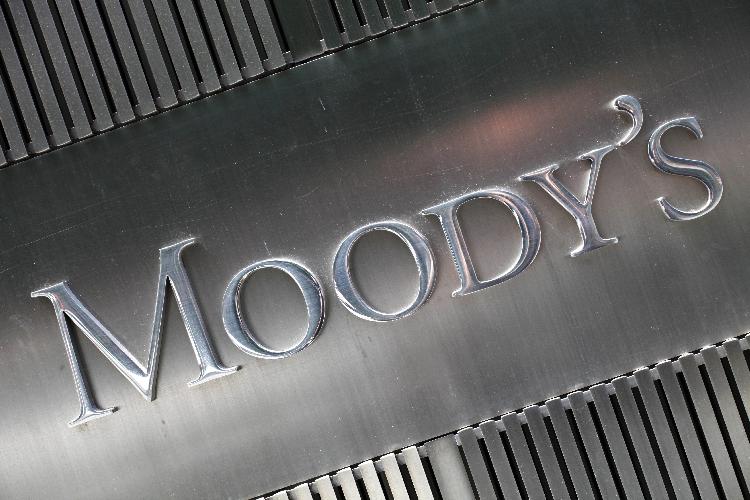
Moody's: Kingdom's economic strength is 'very high'
Saudi Arabia's Aa3 foreign and local-currency government bond ratings and stable outlook are supported by its vast hydrocarbon resources, high per capita income, and strong but deteriorating fiscal position. Strong growth in oil revenues in the past several years generated very large fiscal surpluses through 2013, allowing the government to build a sizable asset cushion and sharply reduce its debt ratios to levels much lower than rating peers, according to a report by Moody’s released on Monday.
Starting in 2014, however, the government started recording budget deficits, and this is likely to continue for several years. The government is once more issuing debt as well as running down its financial assets. Other credit challenges are mainly institutional. World Bank governance indicators place Saudi Arabia lower than most of its peers, although financial sector supervision by the Saudi Arabian Monetary Agency (SAMA) proved effective through the global financial crisis, and the banking system remains strongly capitalized.
Downside risks to the stable outlook relate to the economy’s exposure to commodity cycles and price shocks. A longer period of low oil prices, particularly if this were to be accompanied by policy choices that led to a steeper increase in debt or a sharper diminution of financial assets, would have a negative impact on Saudi Arabia's credit profile. Our baseline scenario for the government’s fiscal position shows continuing fairly large deficits, with a resultant material decline in financial assets and a quite substantial build-up of debt, albeit from a low level. If this trend is not moderated, downward pressure on the rating will build up over the coming years.
The strength of the government’s financial position before oil prices began their decline in mid- 2014 provides a strong buffer that allows the government to easily finance its large budget deficits without seriously undermining its fiscal strength in the near term. However, if oil prices continue at their current, relatively low level over the medium term and the government does not implement further measures to reduce budget deficits through spending cuts or revenue increases, the weakening of the government’s finances would affect assessment of fiscal strength. The stable outlook on the rating reflects our current expectation that sufficient measures to address the deficit will ultimately be forthcoming.
“We assess Saudi Arabia’s economic strength as “Very High,” supported by a track record of strong growth, high wealth levels, and large hydrocarbon reserves. Other countries who score similarly for economic strength include Germany (Aaa stable), Japan (A1 stable) and Qatar (Aa2 stable), among others,” Moody’s said.
Saudi Arabia’s real GDP growth has averaged 5.5 percent over the last decade, supported by the country’s natural resource wealth. Since 2014, however, the country has entered a period of slower growth as a result of lower oil prices and their effect on government finance and economic activity generally. Saudi Arabia’s proven oil and gas reserves were approximately 321 billion barrels of oil equivalent in 2014, the third largest in the world. At the current rate of production, its proven hydrocarbon reserves would last approximately 65 years, lower than most regional oil producing peers but higher than GCC peers Oman (A1 negative) and Bahrain (Baa3 negative).


























